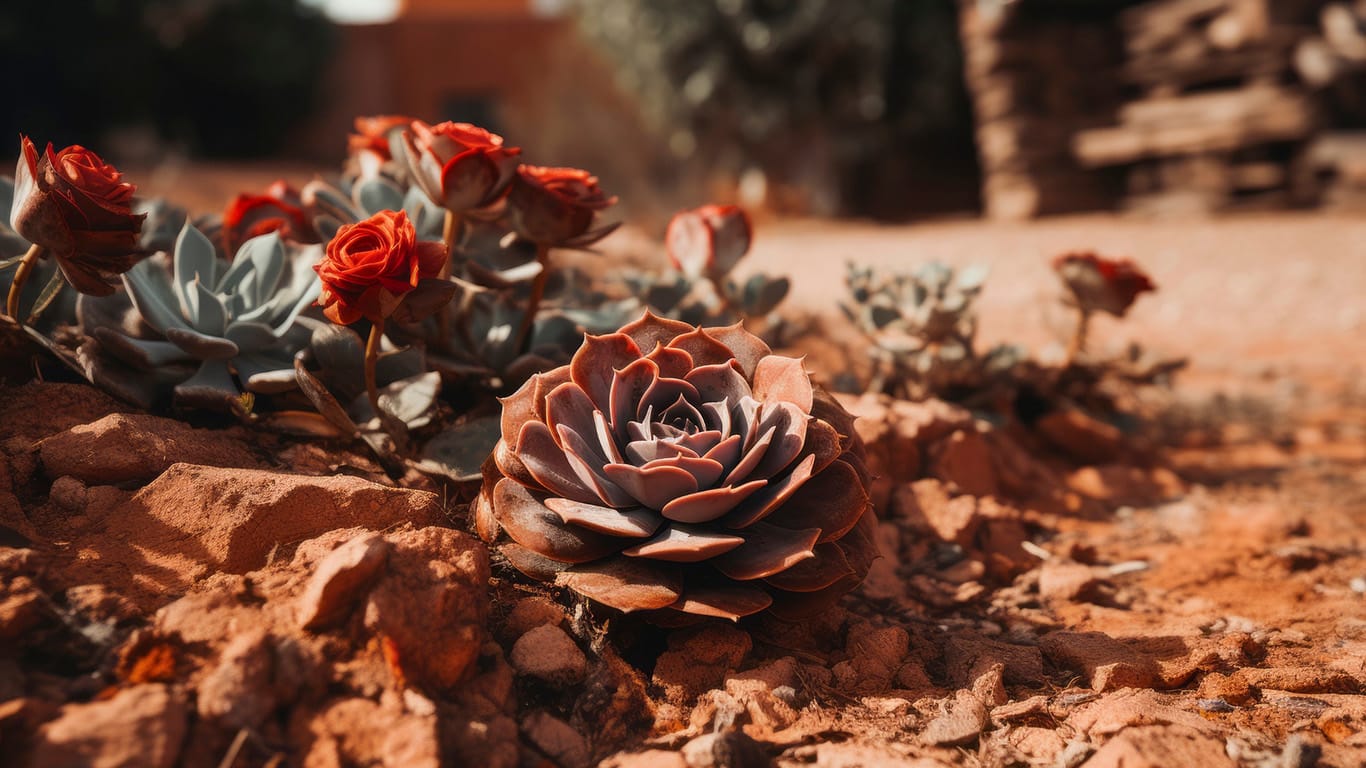The City of Phoenix recently announced a new financial incentive to remove non-residential grass in an effort to conserve water.
Participants in the program can receive $2 per square foot up to $250,000 per site according to the City of Phoenix website.
LEARN MORE: 8 Arizona restaurants among Yelp’s Top 100 Places to Eat
Some of the groups eligible for the program include homeowners’ associations, multifamily properties and businesses who are Phoenix Water customers.
“What we’ve seen on our end is that homeowners’ associations in particular are extremely interested in this program,” said City of Phoenix Deputy Water Services Director Max Wilson.
The project requires an approval process prior to grass-removal by the City of Phoenix. The new landscape plan must include 50% coverage of drought tolerant plants, as indicated by the city, and conversion to a drip irrigation system.
“We thought it was important that if somebody’s got grass that they want to remove today and they’re willing to do it for the amount of incentive that we have available,” Wilson said.
Grass removal incentive programs are not new. The City of Scottsdale offers a residential grass removal rebate. In Las Vegas, the Southern Nevada Water Authority has a rebate program for customers that are residents and non-residents.
Wilson said the City of Phoenix officials chose the non-residential route to launch the grass removal incentive as a way to get both the city and participants “the most bang for your buck” while eliminating large stretches of grass.
Wilson added that while a plan to extend the program to residents is in the works, such a program would require “thoughtful pre and post inspections on these homes” that receive rebates.
“Essentially, cities need to carefully consider the trade-offs between a program like this (grass removal rebates), or investing in other ways to get people to reduce the amount of water they’re using on their yard,” said Sarah Porter, the director of the Kyl Center for Water Policy at Arizona State University.
She added that investments in messaging to educate homeowners can be an effective way for cities to reduce water used for landscaping.
“Phoenix is committed to leading the way in water conservation,” Phoenix Mayor Kate Gallego said in a statement on the City of Phoenix website. “This new incentive program is yet another significant step we’re taking towards realizing our vision of a more resilient city.”
Phoenix has two primary sources of water. The Salt River Project brings in water from the Salt and Verde Rivers, while the Central Arizona Project brings in water from the Colorado River, according to the City of Phoenix website.
According to Porter, the new incentive program may serve as a public demonstration of Phoenix’s investment in solving the issues it faces as a part of the Colorado River Basin.
Arizona shares Colorado River water with six other basin states: California, Colorado, Nevada, New Mexico, Utah and Wyoming.
“We’re working towards figuring out as a region how we can use less Colorado River water because it’s an over-allocated, stressed river,” Porter said.




